Downward Facing Dog: alignment, release valves and adaptations
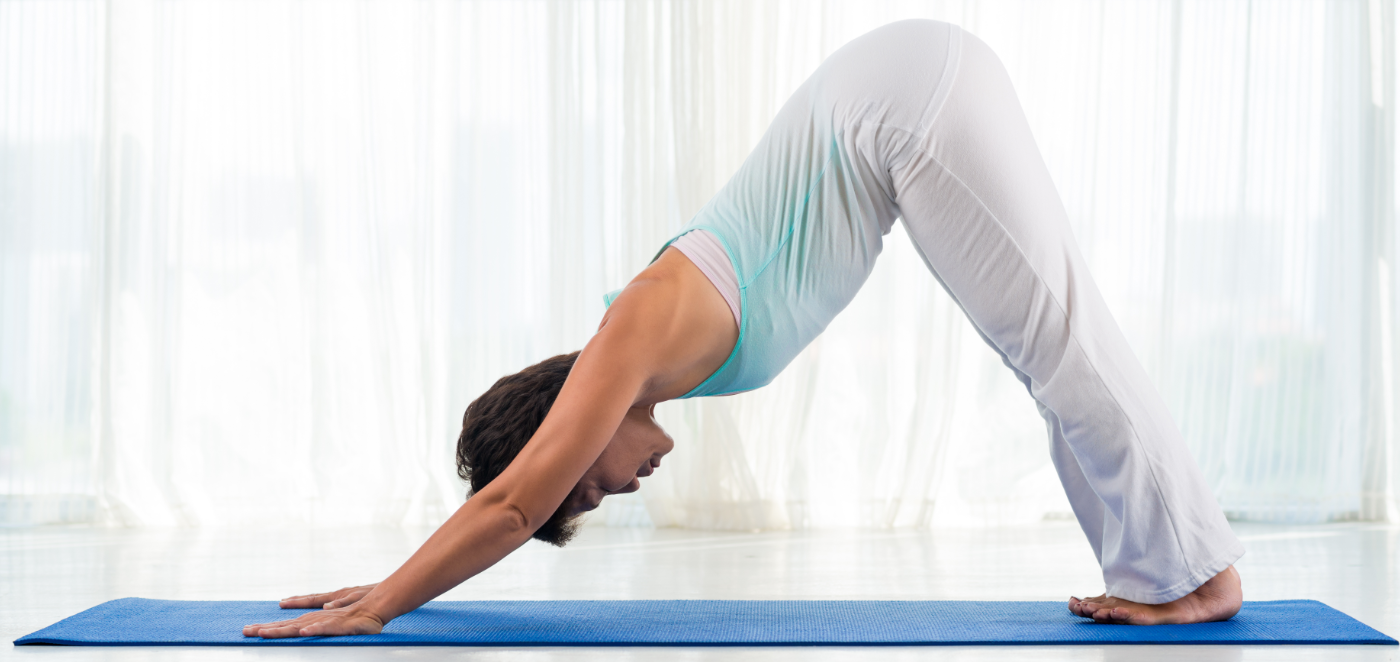
Adho Mukha Svanasana (Downward Facing Dog pose) is probably the most overused and the most underused pose at the same time. Many vinyasa-style yoga practices are dog-heavy, meaning that the students come back to the pose many times throughout the practice. And because of that, we might end up doing this pose “in passing,” which means breezing through it without really getting the full benefit. And, of course, if the rest of your practice is demanding for the shoulders, multiple Downward Dogs are more likely to stress the tired joints. The solution here, of course, is moderation and taking time to explore this pose for its own benefit.
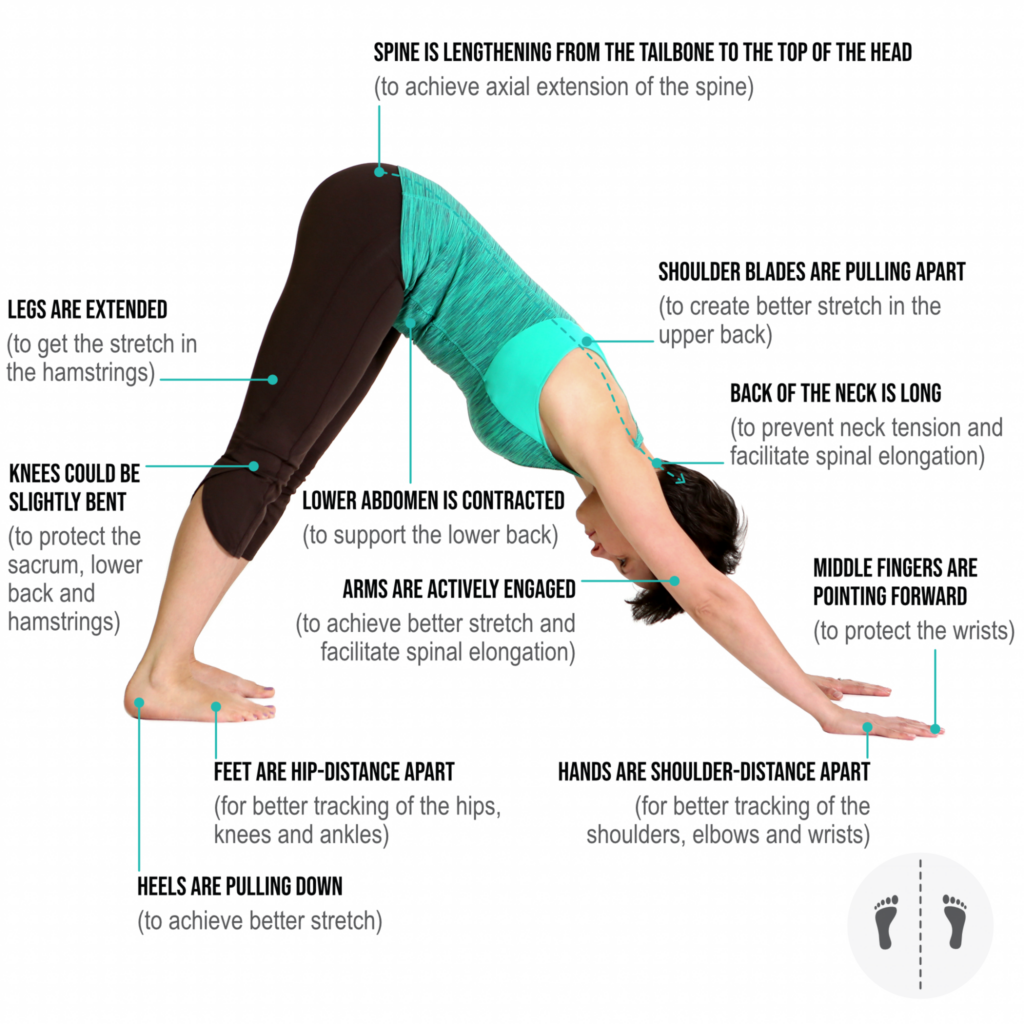
Adho Mukha Svanasana (Downward Facing Dog pose)
Axial extension – Symmetrical – Fixed frame (arms are used for leverage)
Main purpose: To lengthen the spine (while maintaining the integrity of the spinal curves).
Secondary purpose: To stretch and strengthen the musculature that binds the shoulder girdle to the spine; to stretch the backs of the legs.
Whatever we choose to do in this pose, we need to keep its primary purpose in mind and adapt the position of the body to make it possible. We also need to be able to bring this pose to life with the breath.
Check out videos of multiple Downward Facing Dog adaptations and more tips on alignment >
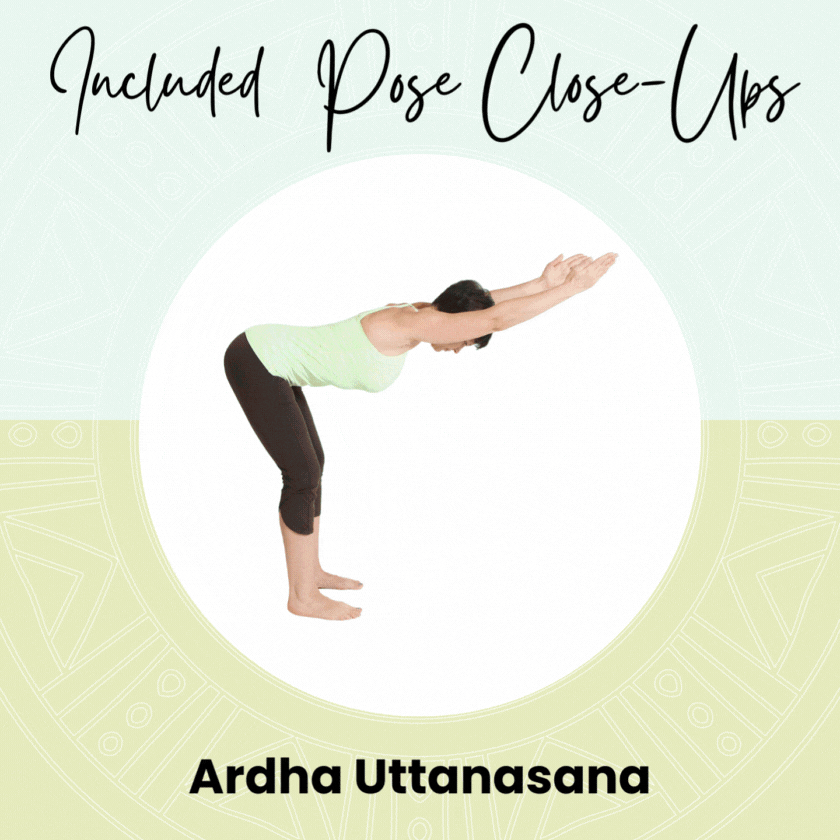
Do you want to get a similar breakdown of other yoga poses? Get more info on why we do a particular pose, how to position the body to get maximum benefit and how to adapt the pose for various students, situations and desired effects.



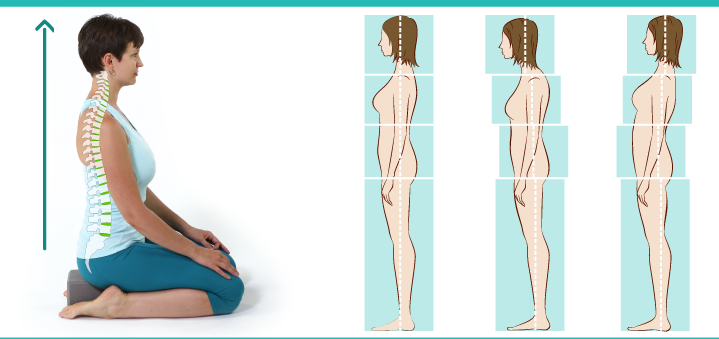

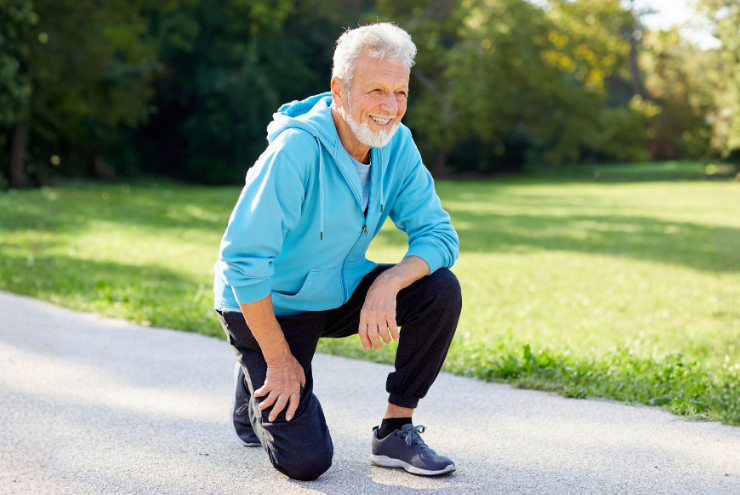
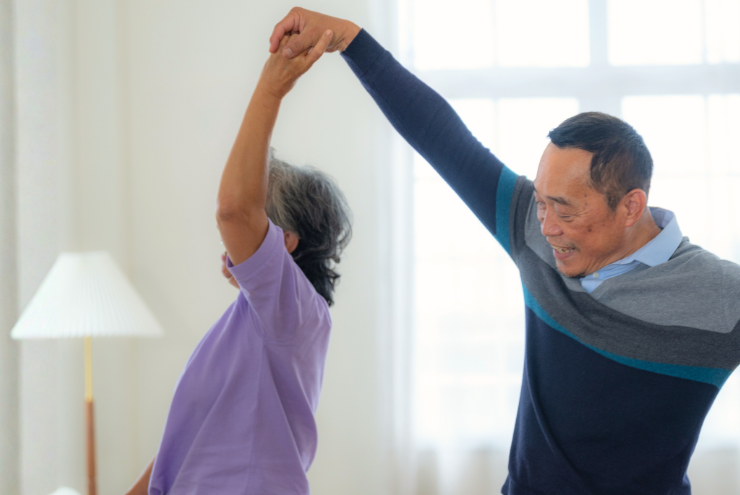
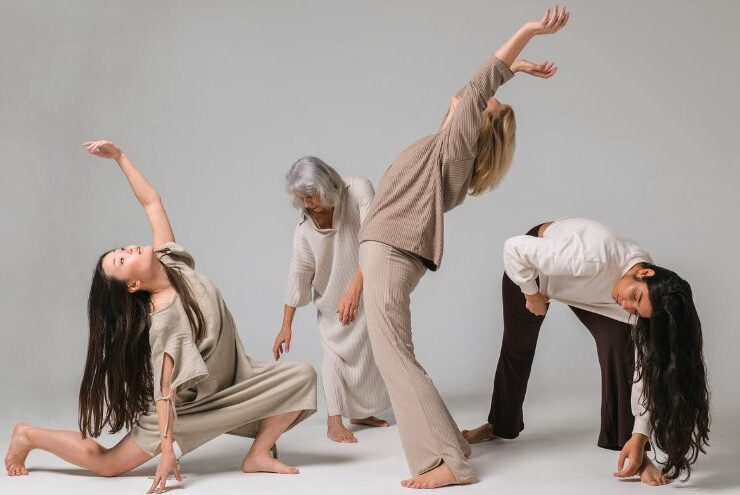
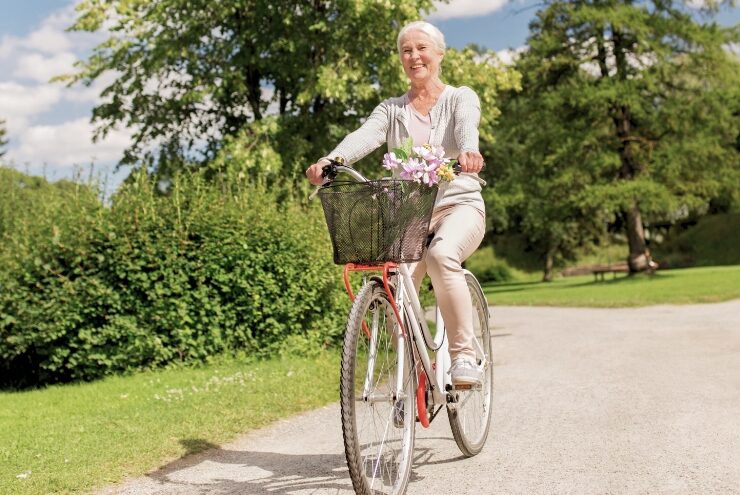


Best site ever! Wish all my student, pass and present would know about it!
Thank you Bardier! 🙂
Very helpful tips. Thank you. http://sequencewiz.org is my main go-to site for information on practicing asanas safely and effectively.
Thank you Sam, happy to hear it!
Big thank you Olga, great to follow your blog!
The very BEST yoga info on the web!! Precise to the point information on the subject. What others take page after page to explain, Olga gets you there in a page or two. For that I am thankful.
Merry Christmas
Great site! Thank you Olga